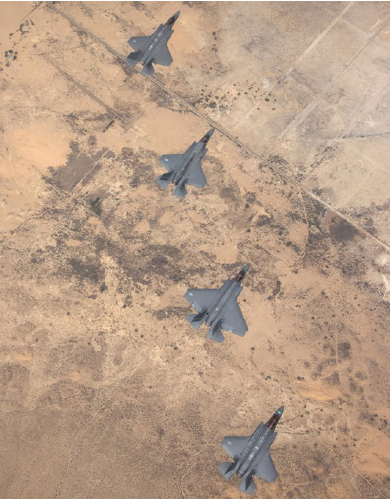Why Test: Want it bad? You'll get it bad.
Document: Pentagon's Director, Operational Test and Evaluation 2014 Annual Report - USNI News
JSF Program Ditches Tests To Protect Schedule | Defense content from Aviation Week
A major operational test series planned for the Lockheed Martin F-35 Joint Strike Fighter has been abandoned in an attempt to protect the schedule for delivering a fully operational aircraft, according to the just-released fiscal 2014 report on the program from the Pentagon’s Director of Operational Test and Evaluation (DOT&E).
Also, the Block 2B version of the fighter’s software, at the time of a review at mid-year, contained 151 mission-critical deficiencies, some of which may not be corrected until the final Block 3F is completed.
Identifying Problems
One of the primary purposes of operational testing is to identify critical problems that can be seen only when systems are examined under the stresses of realistic operational conditions, prior to the Full-Rate Production decision. This early identification permits corrective action to be taken before large quantities of a system are procured and avoids expensive retrofit of system modifications. For a recent example, operational testing of the Navy’s Cooperative Engagement Capability (CEC) on the E-2D Hawkeye aircraft revealed several deficiencies. The CEC created many more dual tracks compared to the baseline CEC system, exhibited interoperability problems with the E-2D mission computer, and there was a degradation in CEC’s ability to maintain consistent air tracks compared to the baseline E-2C version. As a result of these discoveries in operational testing, the Navy’s acquisition executive decided to delay the Full-Rate Production decision until the root causes for these deficiencies could be found and fixed. The Navy is now implementing fixes to address these problems, and operational testing will be conducted to verify these fixes have corrected the problems. The value of such testing is abundantly clear if one considers the alternative: discovering these problems for the first time in combat, when it is too late.Fixing, Not Testing, Delays Programs
Operational testing frequently reveals deficiencies in a system that require time and perhaps also training to correct. The acquisition executives who are responsible for programmatic decisions then have to weigh whether the problems discovered are of sufficient magnitude to warrant delays to the program while they are fixed (and re-tested). The assertion that testing causes programmatic delays misses the essential point: fixing the deficiencies causes delays, not the testing. Furthermore, taking the time to correct serious problems is exactly what we desire in a properly-functioning acquisition system; testing is the vehicle by which decision makers can be informed and make decisions that will ultimately benefit the Services and the Nation.JSF Program Ditches Tests To Protect Schedule | Defense content from Aviation Week
A major operational test series planned for the Lockheed Martin F-35 Joint Strike Fighter has been abandoned in an attempt to protect the schedule for delivering a fully operational aircraft, according to the just-released fiscal 2014 report on the program from the Pentagon’s Director of Operational Test and Evaluation (DOT&E).
Also, the Block 2B version of the fighter’s software, at the time of a review at mid-year, contained 151 mission-critical deficiencies, some of which may not be corrected until the final Block 3F is completed.


No comments:
Post a Comment